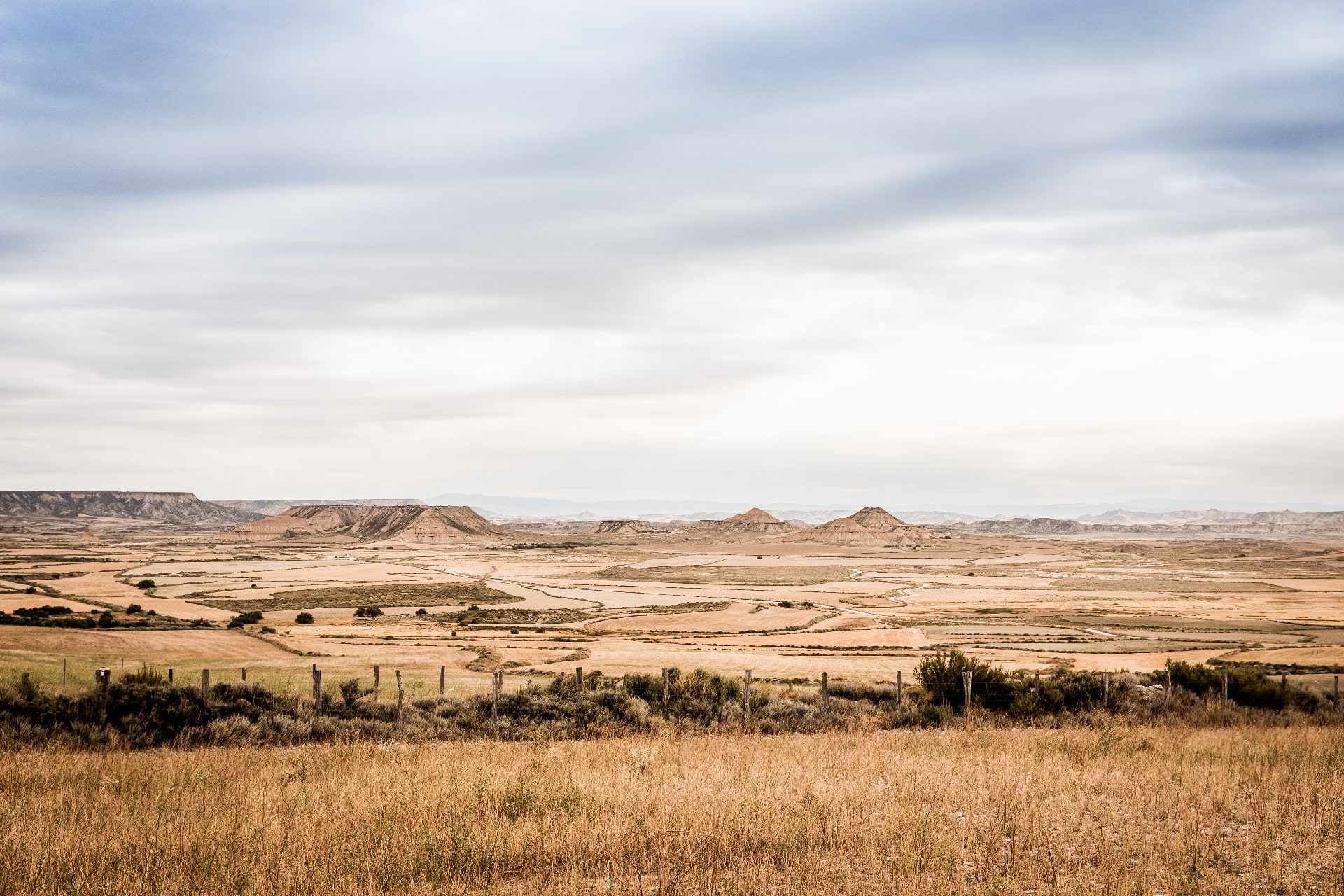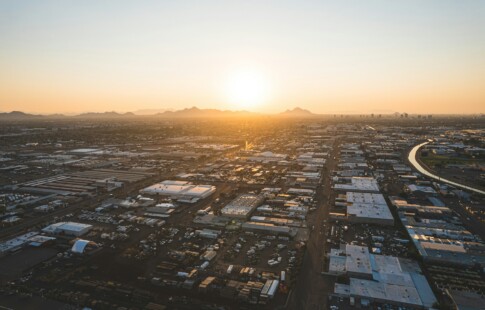
What Causes Desertification?
We are reader-supported. When you buy through links on our site, we may earn affiliate commission.
Desertification is a global environmental concern that most do not acknowledge, especially if we live in an urban area or wet biome. Drylands are getting hit with desertification, and it is because of human influence. Humanity must address these concerns to prevent the issues from spreading, destroying more habitats and putting wildlife at risk, especially in areas like the Sahel in Mali and the Gobi Desert. So, what causes desertification, and how can you help stop it?
What Desertification Is and How it Unfolds
Desertification is when human activity causes drylands to degrade. It is not the expansion of already established deserts. Despite the name, drylands are not absent of soil fertility, so desertification is stripping land until it becomes arid. It is not an immediate occurrence — it is a process that takes time until an area is completely transformed and resembles a desert. So, nearby humans may not notice the impacts until it is too late or crop yields mysteriously shatter one year.
The process contains natural elements. However, most desertification is due to human influence. It is a distinct phenomenon from the similar-sounding desertization. This term explains the entirely organic process of desert-forming that has existed since the Earth’s beginnings. It formed the Sahara and the rest of the world’s deserts.
The overarching umbrella behind desertification is climate change, and understanding that relationship is vital for unpacking how to fix it. Fluctuating local climates and wild natural disasters are only a few things making matters worse.
Seeing Climate Change and Desertification Overlap
Climate change and what causes desertification are inextricably linked. It is becoming more a part of the desertification conversation, especially as the Intergovernmental Panel on Climate Change released a report in 2019 expanding upon it, bringing it to public view.
The report explored how it hurts more than just the affected areas. Desertification harms two billion people, and it is because of the continually exacerbating high temperatures and erratic precipitation from the climate crisis.
Unfortunately, land undergoing this change will emit more greenhouse gasses into the atmosphere. Decomposing plants produce methane and carbon dioxide. At the same time, there are fewer plants to absorb carbon dioxide, meaning there are fewer options for sequestration. The negative feedback loop persists until any helpful resources are rarely left in the area.
Participating in Desertification
So, what human influences cause this process to begin? Here are some of the most widespread and damage-inducing:
- Expansion of agriculture
- Urbanization
- Poor agricultural methods, like not employing crop rotation
- Deforestation and clear-cutting
- Groundwater abuse
- Poor irrigation
- Pesticide and chemical use and pollution
- Poor ranching practices, such as overgrazing
- Lack of soil protection
- Strip mining
- Natural disasters
For example, deforestation is one of the most prominent. When plant life leaves an area, it damages that habitat’s ability for water retention. Capacity goes down drastically because there are no plants to store and release it for the wellbeing of the land. The exact impacts occur when farmers need better irrigation or allow animals to overgraze instead of rotating their resources.
In 2019, three species in India went extinct because of desertification, including the Indian Cheetah, the Great Indian Bustard, and the pink-headed duck. Worldwide, this could translate to hundreds more.
Noticing the Ramifications of Desertification
Desertification saps environments of its resources, ability to flourish, and wildlife. It disrupts social and economic systems, especially for underprivileged regions that rely on agriculture and the local lands to survive or make a living. Entire nations could crumble if their main financial avenue depletes, deepening global poverty and hunger.
Desertification may cause local populations, and eventually entire nations, to either become displaced or reevaluate their economic stability. What plan do they have if desertification takes away their tourism or agricultural income? Will they be able to sustain themselves with a viable backup plan?
The effects of desertification seep into these population’s mental health, decreasing their happiness, quality of life, and optimism about environmental healing. The increased migration could unintentionally disturb even more land in the process.
Desertification makes areas more prone to droughts, wildfires, and sandstorms, which brings a whole host of environmental concerns into the picture alongside the increasing aridness.
Taking Initiative Against Desertification
The United Nations formed the Convention to Combat Desertification (UNCCD) in 1994 as the leader in all efforts. They started raising awareness of the concern and creating plans to minimize desertification’s destruction. Since its formation, the UNCCD has:
- Produced five billion plants and seeds in Ethiopia.
- Created 45,383 jobs in Burkina Faso.
- Reforested 2,801 hectares of land in Nigeria.
- Trained 1,716 residents in food and energy security in Sudan.
- Impacted 322,221 residents positively in Senegal.
Most recently, gatherings determined over 100 million hectares were lost in four years, and the best way to reframe action is to think of desertification as a rights issue. A rights-based approach increases the urgency to act. Whereas some regulators are quick to dismiss environmental health over the health of their constituents, the switch in thinking might be the necessary catalyst influencing bodies’ need to understand the gravity of desertification.
It will lead to better land management practices, which regulatory bodies must monitor and audit for health and growth. They can see how lands are conserving water and executing their farming. Governments can encourage communication and collaboration, especially with smallholder farmers and localized communities.
Establishing community-driven mentalities is the surest way to make even the tiniest dent at protecting the land that has not become desert yet and renourishing the land that has been damaged. Doing so improves biodiversity and habitat resilience.
What Causes Desertification to Continue
Desertification must stop, and it is primarily due to human activity. Farmers need better practices, people need to raise awareness over forest protections, and individuals and corporations must work hand-in-hand to minimize carbon footprints to get a grip on climate change before it worsens desertification.
Taking action could be as simple as sharing an article with friends or changing corporate agricultural structures to influence regulatory action. No step is too small, and now is the best time to start.
Share on
Like what you read? Join other Environment.co readers!
Get the latest updates on our planet by subscribing to the Environment.co newsletter!
About the author
Steve Russell
Steve is the Managing Editor of Environment.co and regularly contributes articles related to wildlife, biodiversity, and recycling. His passions include wildlife photography and bird watching.





